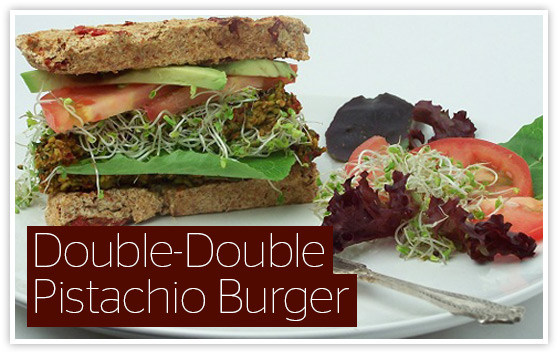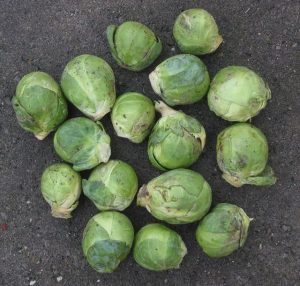What Goes Into Your Hamburger?
 Have you talked to those people who are obsessed about what goes into their food? In some cases, I’m surprised that they haven’t taken up hunting because at least there’s no argument about what that wild deer has eaten for most of its life. However, they do sometimes have a valid point. There’s some weird stuff that goes into packaged and overly processed foods. That goes for hamburger, too. I mean, ammonia? C’mon, I don’t really care if my hamburger is brown as long as it’s perfectly good hamburger.
Have you talked to those people who are obsessed about what goes into their food? In some cases, I’m surprised that they haven’t taken up hunting because at least there’s no argument about what that wild deer has eaten for most of its life. However, they do sometimes have a valid point. There’s some weird stuff that goes into packaged and overly processed foods. That goes for hamburger, too. I mean, ammonia? C’mon, I don’t really care if my hamburger is brown as long as it’s perfectly good hamburger.
And of course there was the whole McDonald’s Pink Slime flap. It might have been the color of chewing gum, but don’t let that fool you. It was made of the same stuff that most sane corporations might have put in dog food but would have grossed out anyone with a refined palate. (Of course, some people with “refined” palates eat raw fish eggs, but who am I to judge?) This is one of those cases where corporations are going to cut corners to save a buck.
It’s a good case for investing in a good meat grinder. Seriously. If you don’t expect to make very much hamburger at a time, you can get a decent hand grinder for not a lot of money. If you’ve ever thought about opening your own burger joint, there’s some good commercial models that you can use to create the perfect gourmet burger. The hunters in the video below decided to turn their venison into hamburger.
Meat grinders are pretty versatile, too. While browsing blogs, I’ve run across vegetarians who inherited one and they use it to grind up chickpeas to make passable hummus. Any grinder that is actually worth the money can handle soft nuts. Some vegetarians use theirs to create vegetarian burgers that beat anything they can get in the freezer aisle at their local grocery. (My personal opinion of beans in burgers, though, is that if your burger gives you flatulence, you’re doing it wrong.) So you can get creative when using a meat grinder.
You should be careful about what you actually put into the grinder. Not all models are the heavy duty ones that can take just about anything you throw at it and you may be better off using a standard food processor if you’re doing carrots and potatoes. Meat grinders are mostly convenient for grinding up soft foods. A lot of the more creative recipes for burgers I’ve seen call for doing at least part of it in a food processor even in cases where a heavy duty meat grinder might work just as well. If you want to try it, you could probably start with this clever no-bake recipe for pistachio burgers:

- 1 cup shelled pistachios
- ½ cup sun-dried tomatoes
- 1 tablespoon olive oil
- ½ cup lentil sprouts
- ½ cup fresh cilantro
- ½ cup Kalahari salt
Soak pistachios in water for 2 hours. Soak sun-dried tomatoes in water for 1 hour. Mix all ingredients and run through a meat grinder or your food processor. Form into patties and place on dehydrator sheet. Allow to dehydrate overnight for 12 hours. Place on thin buns and top with your favorite veggies and condiments (I like avocado slices, tomatoes and mustard).
See how easy it can be? You’re taking better control of what actually goes into your burger when you make your own burger. These days, it’s not even paranoid to want to take back that kind of control from the food sellers who don’t really care if their products wreck your health as long as it sells. Next you may consider expanding your garden. But let’s start by taking back control of what goes into those burger patties. Your burger-loving taste buds will thank you for it.
Meat Grinders on eBay
[simple-rss feed=”http://rest.ebay.com/epn/v1/find/item.rss?keyword=meat+grinder&sortOrder=BestMatch&programid=1&campaignid=5337337555&toolid=10039&minPrice=20&listingType1=All&lgeo=1&feedType=rss” limit=10]










